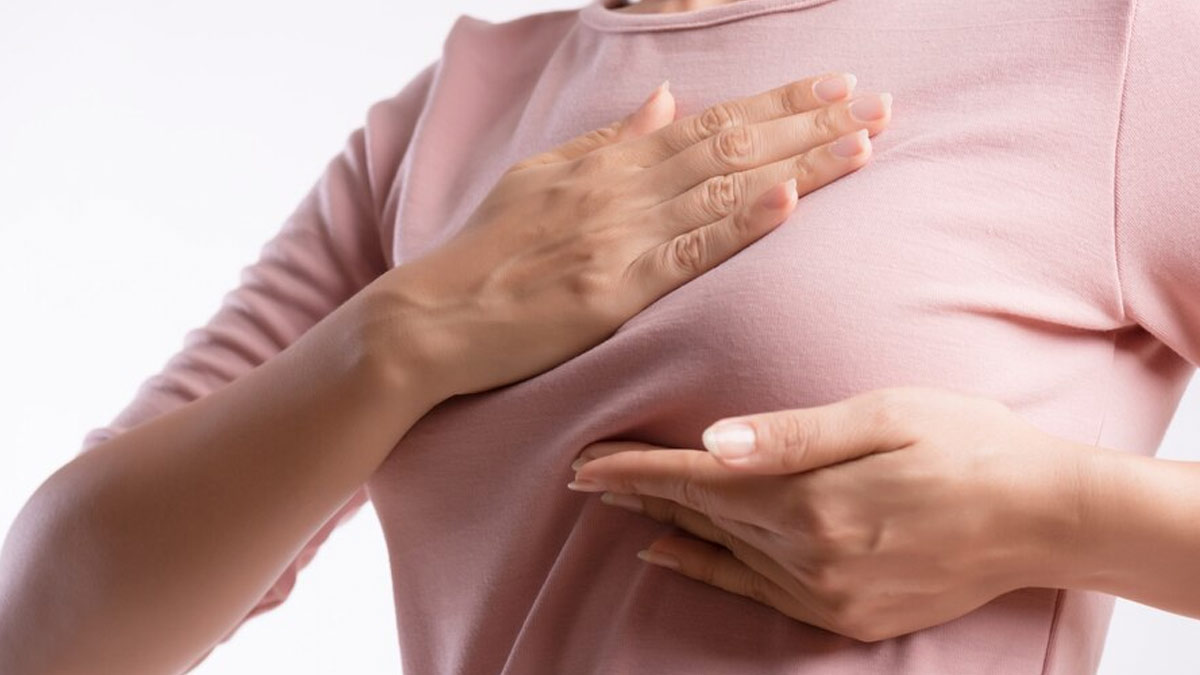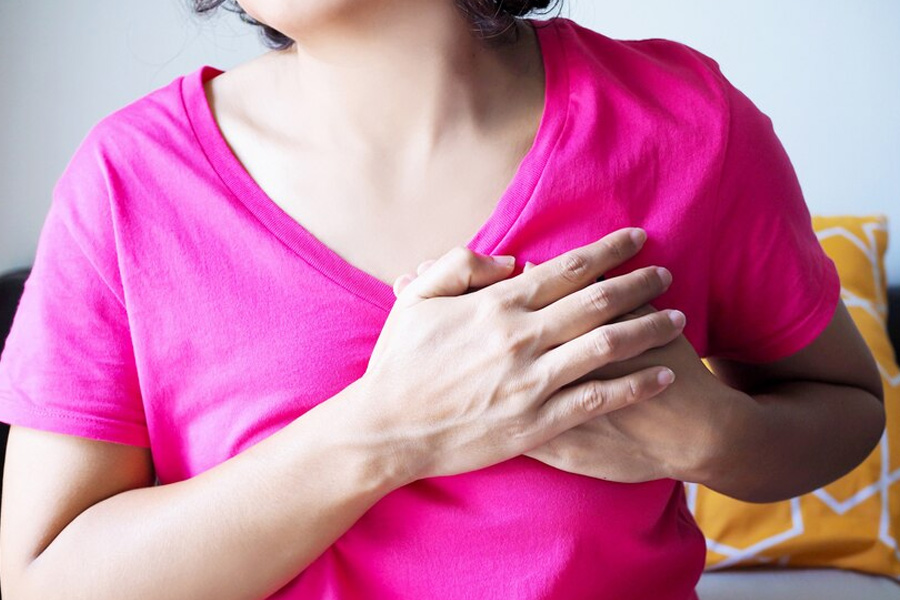
An injury can occur anywhere in the body, including your breasts. Common causes include being elbowed, bumping into a hard object, falling, or sometimes, wearing tight clothing. While mostly harmless, some people believe that a breast injury has the potential to cause cancer. To unravel the truth, the OnlyMyHealth team spoke to Dr Nitin Leekha, Director - Surgical Oncology, Max Super Speciality Hospital, Patparganj, who additionally shared informative insights into what one can expect after a breast injury and how it can be managed.
Table of Content:-
Also Read: Rare, But Men Can Also Develop Breast Cancer: Expert Shares Who Is At Risk And Warning Signs
What Is Traumatic Breast Injury?

“Traumatic Breast Injury (TBI) refers to any physical damage to the breast tissue caused by an external force,” says Dr Leekha, adding that common causes include accidents, falls, sports injuries, physical assault, or surgical procedures.
Symptoms usually include:
- Pain
- Swelling
- Bruising
- Hematoma (a collection of blood outside blood vessels)
- In some cases, there are changes in the shape or texture of the breast.
According to the doctor, these symptoms can range from mild to severe, depending on the nature and extent of the trauma.
Can Traumatic Breast Injury Increase Risk Of Breast Cancer?

Since pain, swelling, and changes in shape and texture of the breast are common indicators of breast cancer, people may confuse breast injury with breast cancer. Some people also claim that a traumatic breast injury can also lead to breast cancer.
Here’s what Dr Leekha has to say about it:
“No injury can lead to breast cancer. The only thing that draws a woman’s attention is a lump that she might end up feeling after an injury. Incidental injury can lead to the detection of breast cancer because the woman might examine her breast at that time.”
The verdict: A traumatic breast injury does not lead to breast cancer.
If you experience a lump in your breast after an injury, it is likely to be a fat necrosis, which is the scarring of dead or injured fatty tissue in the breast, according to Medical News Today.
The American Cancer Society (ACS) suggests that fat necrosis does not increase the risk of breast cancer in women.
Also Read: Breast Cancer Vs. Breast Cysts: How To Distinguish Between The Lumps?
How To Identify A Traumatic Breast Injury?

Besides watching out for the symptoms, Dr Leekha recommends getting a clinical examination by a healthcare provider, who may order imaging tests like mammography, ultrasound, or MRI to assess the extent of the injury and rule out other conditions.
“These tests help in evaluating the internal structure of the breast and identifying any underlying issues such as hematomas or fat necrosis,” he says.
Treatment Options
According to the doctor, treatment for a traumatic breast injury focuses on relieving symptoms and promoting healing.
This involves pain management, ice packs to reduce swelling, and supportive bras.
In cases of significant hematomas or tissue damage, surgical intervention might be necessary, the doctor concludes.
[Disclaimer: This article contains information provided by an expert and is for informational purposes only. Hence, we advise you to consult your expert if you are dealing with any mental health issues to get the necessary treatment.]
Also watch this video
How we keep this article up to date:
We work with experts and keep a close eye on the latest in health and wellness. Whenever there is a new research or helpful information, we update our articles with accurate and useful advice.
Current Version